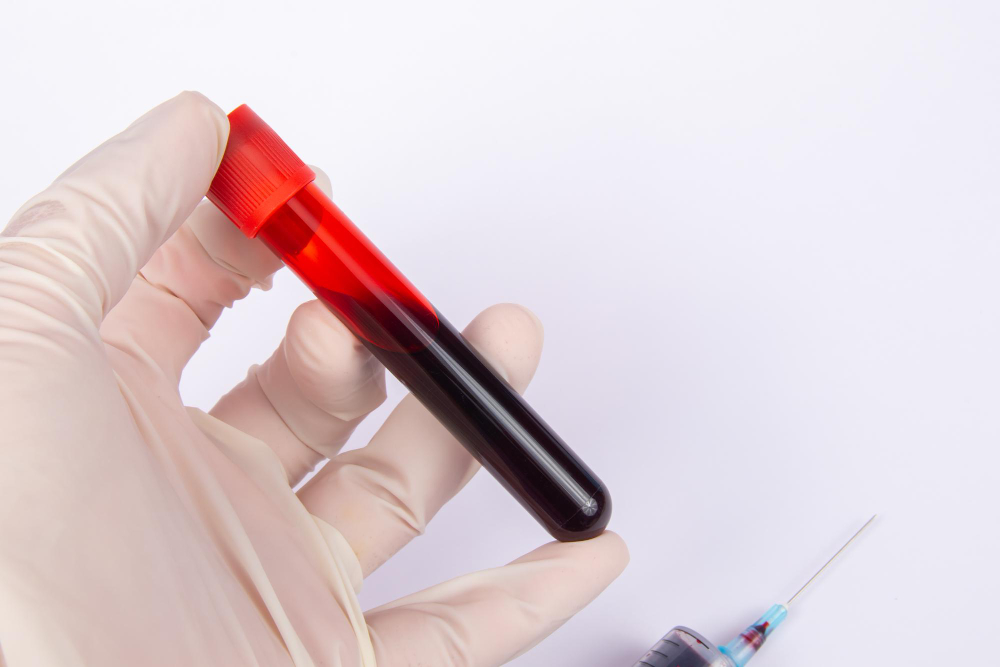What is the D Dimer Test?
The D dimer test is a simple blood test. It checks for a substance called D dimer in your blood. D dimer forms when blood clots break down in your body. Because of this, doctors use the D dimer blood test to help find or rule out blood clots. The D dimer test meaning is easy: it helps show if your body is making or breaking down clots.
Why is the D Dimer Test Done?
Doctors order the D dimer test for several reasons. Often, it helps check for serious conditions. For example, it can help find:Deep vein thrombosis (DVT), which is a blood clot in a deep veinPulmonary embolism (PE), which is a clot in the lungsDisseminated intravascular coagulation (DIC), a rare clotting disorder
Sometimes, doctors use the D dimer blood test to check for other clotting problems. If you have symptoms like leg pain, swelling, chest pain, or trouble breathing, your doctor may suggest this test. Additionally, the test can help rule out blood clots if your risk is low.
How is the D Dimer Test Performed?
The D dimer test is quick and simple. First, a healthcare worker cleans your arm. Next, they use a small needle to draw blood from a vein. After that, your blood sample goes to a lab for testing. Usually, you do not need to prepare for this test. However, always follow your doctor’s instructions. The test itself takes only a few minutes.
Understanding D Dimer Test Results
After the test, you will get your D dimer test results explained by your doctor. Here is what the results may mean:Normal D dimer level: This usually means you do not have a blood clot. The D dimer normal range is often less than 0.5 micrograms per milliliter (mcg/mL), but this can vary by lab.High D dimer level: This may mean you have a blood clot or another problem. However, other things like infection, injury, or recent surgery can also raise your D dimer level.
Because of this, a high D dimer test result does not always mean you have a clot. Your doctor will look at your symptoms and may order more tests. For more details, see the CDC and WHO guidelines on blood clot testing.
Risks and Limitations
The D dimer blood test is safe for most people. Still, you may feel a small pinch or bruise where the needle goes in. Rarely, you may get dizzy or have bleeding. However, these side effects are mild and go away quickly.
There are some limitations to the D dimer test:It cannot show where a clot is located.Other health problems can cause a high D dimer level.It is not always accurate in older adults or pregnant women.
Because of these limits, doctors use the D dimer test along with other tests and your symptoms.
When Should You Get a D Dimer Test?
Your doctor may suggest a D dimer test if you have signs of a blood clot. For example, you may need the test if you have:Sudden leg pain or swellingChest pain or shortness of breathUnexplained rapid heartbeatRecent surgery or injury with new symptoms
Sometimes, doctors use the D dimer test to check for clotting problems after surgery or during pregnancy. If you have questions about your risk, ask your healthcare provider.
Frequently Asked Questions
What does a negative D dimer test mean? It usually means you do not have a blood clot.Can a high D dimer mean something other than a clot? Yes, infections, injuries, or recent surgery can also raise your D dimer level.Is fasting needed before the D dimer test? No, you do not need to fast for this test.How long do D dimer test results take? Results are often ready within a few hours to one day.
Conclusion and Next Steps
In summary, the D dimer test is a helpful tool for checking blood clots. It is quick, safe, and easy. However, it is not perfect and should be used with other tests and your doctor’s advice. If you have symptoms or concerns, consult a healthcare professional for personalized advice about the D dimer test.

